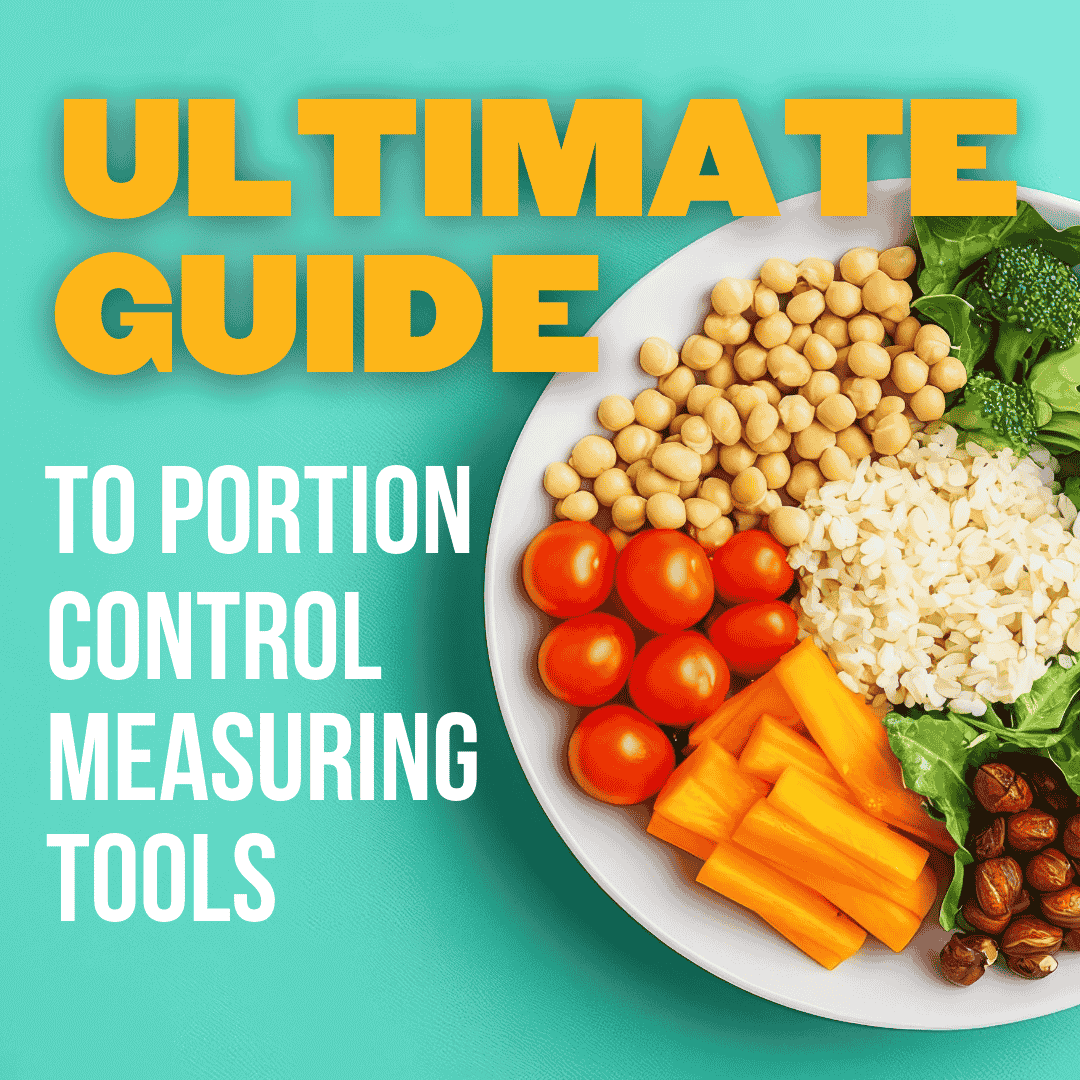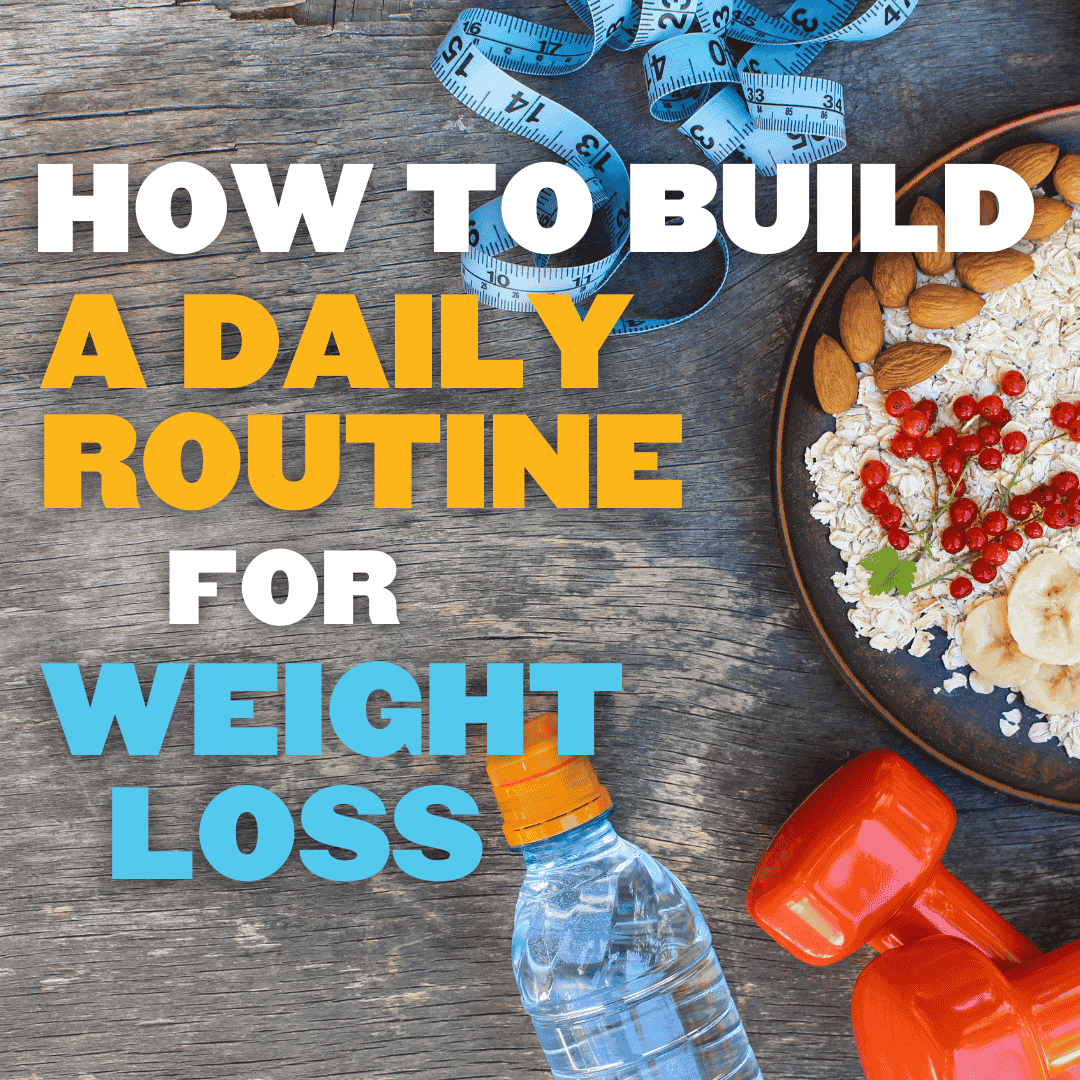Table of Contents
- How to Use Your Hand to Measure Portion Sizes
- 1. Portion Size Guide from Healthy Food UK
- 2. WebMD's Portion Size Chart
- 3. MyPlate Guide from ChooseMyPlate.gov
- 4. Healthy Eating Plate by Harvard T.H. Chan School of Public Health
- 5. Portion Guide for Kids by Nick Jr.
- 6. Everyday Objects as Portion Size References
- 7. Food Group Portion Guide for Kids by Healthy Beet
- Conclusion
- FAQs
Portion control made simple. These 7 printable guides help you manage serving sizes without complicated tools or guesswork. Whether you're planning meals, grocery shopping, or teaching kids about healthy eating, these visual aids use everyday objects (like a deck of cards or tennis ball) to show proper portions. Here's a quick look at what each guide offers:
- Healthy Food UK Guide: Everyday object comparisons for all food groups.
- WebMD's Chart: Visual references like "protein = deck of cards."
- MyPlate Guide: Divide your plate into fruits, veggies, grains, and proteins.
- Harvard's Healthy Eating Plate: Focus on food quality and balanced proportions.
- Nick Jr. Kid's Guide: Fun visuals for teaching kids about portions.
- Everyday Object References: Quick comparisons for dining out.
- Healthy Beet Kid's Guide: Simplified daily portions for children.
Tip: Keep your guide handy in the kitchen or on your phone for quick reference. Pair it with mindful eating habits to make portion control effortless. Read on to find the best guide for your needs!
How to Use Your Hand to Measure Portion Sizes
1. Portion Size Guide from Healthy Food UK
The Portion Size Guide from Healthy Food UK is a handy visual tool that simplifies portion control. By comparing serving sizes to everyday objects, it helps you estimate portions without needing measuring cups or scales.
Foods are grouped into categories like fruits, vegetables, grains, proteins, and dairy, with each category offering serving size suggestions. These are paired with familiar object comparisons, making the recommendations easy to grasp.
This guide combines expert advice with real-world usability. For example, the American Heart Association supports similar visual methods, citing their effectiveness in building awareness around portion sizes and encouraging healthier eating habits.
You can use this guide for meal planning, grocery shopping, or portioning ingredients while cooking. Studies suggest that tools like this can help people stick to healthier eating patterns and achieve their nutrition goals.
Its simple, visual approach makes it a great resource for anyone - whether you're just starting to manage portions or you're already experienced in meal prep. For another option, WebMD's Portion Size Chart offers a similarly straightforward method for portion control.
2. WebMD's Portion Size Chart
WebMD's Portion Size Chart is a handy resource that simplifies serving sizes for all major food groups. It uses easy-to-understand visual comparisons - like a deck of cards for proteins or a tennis ball for fruits - to make portion control straightforward.
The chart caters to different dietary preferences, whether you're sticking to a standard diet or need adjustments for specific health goals. Here's a quick overview of the portion sizes and their visual references:
| Food Group | Recommended Portion | Visual Reference |
|---|---|---|
| Vegetables | 1 cup raw leafy greens | Baseball size |
| Whole Grains | ½ cup cooked | Computer mouse |
| Lean Proteins | 3 oz cooked | Deck of cards |
| Fruits | 1 medium piece | Tennis ball |
This chart can help you get a clear sense of portion sizes and works well alongside meal services like Clean Eatz Kitchen to make meal planning easier. It’s a great tool for building portion control habits that stick.
If you’re looking for another simple option, the MyPlate Guide is also a useful resource for managing portions and maintaining balanced meals. Whether you're cooking at home or relying on meal delivery, tools like these make balanced eating more achievable.
3. MyPlate Guide from ChooseMyPlate.gov
The USDA's MyPlate Guide makes portion control simple by dividing a plate into four sections: half for fruits and vegetables, and the other half split between lean proteins and whole grains. This visual method helps you balance meals without needing measuring tools.
Here’s how the plate is divided:
| Plate Section | Portion | Food Group Examples |
|---|---|---|
| Half the plate | 50% | Fruits and vegetables |
| Quarter section 1 | 25% | Lean proteins (fish, poultry, beans) |
| Quarter section 2 | 25% | Whole grains (brown rice, quinoa) |
| Side portion | Varies | Low-fat dairy products |
The guide can be adjusted to fit different dietary needs, such as plant-based proteins or gluten-free grains. The USDA website also provides helpful tools like a blank plate template and customizable menu planners to make meal planning easier.
To use this approach, mentally divide your plate before serving to keep portions balanced. Adjust as needed to meet your goals. Research shows that visual tools like MyPlate can improve portion accuracy and encourage healthier food choices [1][3].
This printable guide works well as a quick reference for meal prep or grocery shopping. Its straightforward design helps build healthy eating habits - no measuring cups or food scales required.
Looking for another option? Harvard’s Healthy Eating Plate offers a research-based perspective on portion control.
sbb-itb-1989a25
4. Healthy Eating Plate by Harvard T.H. Chan School of Public Health
The Healthy Eating Plate, created by the Harvard T.H. Chan School of Public Health, offers a simple and research-based way to manage portions. It focuses on food quality and balanced proportions, making it suitable for a variety of dietary preferences [1].
Here’s how the plate is divided:
| Section | Proportion | Recommended Foods |
|---|---|---|
| Vegetables & Fruits | 50% | Colorful options like carrots and broccoli |
| Whole Grains | 25% | Choices like brown rice, quinoa, and whole wheat |
| Healthy Proteins | 25% | Examples include fish, poultry, beans, and nuts |
For meals like soups or stews, aim for half the ingredients to be vegetables, with the remaining half split between grains and proteins. This approach encourages whole grains instead of refined ones and healthier protein sources over processed meats [1].
The guide is available in over 25 languages and can be downloaded for everyday use. Its design works well for a variety of diets, whether plant-based or culturally specific. For younger audiences, the Nick Jr. Portion Guide provides visuals tailored to kids, helping them understand portion control in a fun and engaging way.
5. Portion Guide for Kids by Nick Jr.
Nick Jr.'s Portion Guide makes learning about serving sizes fun and easy for kids. Using familiar characters and bright visuals, it introduces portion control in a way that’s simple and engaging for young minds.
Here’s how the guide breaks down portion sizes into relatable visuals:
| Food Group | Visual Reference | Portion Size |
|---|---|---|
| Fruits | Tennis ball | 1 medium piece |
| Vegetables | Baseball | 1 cup serving |
| Grains | DVD case | 1 slice or ½ cup |
| Protein | Deck of cards | 3 oz serving |
Parents can use this guide to make meal prep a shared activity, helping kids develop healthy eating habits in a hands-on way. The playful design makes it easier for children to understand portion sizes without feeling overwhelmed.
This approach also helps reduce stress at mealtimes, especially for families with picky eaters. By keeping the guide visible in the kitchen, parents can reinforce these habits daily in a non-pressuring manner.
For families looking for additional tools, the Food Group Portion Guide by Healthy Beet is another useful option designed for broader family needs.
6. Everyday Objects as Portion Size References
Using common household items as visual cues can make it easier to estimate food portions when you're dining out or don't have access to measuring tools. This method simplifies portion control and can be used almost anywhere.
Here are some handy comparisons:
| Food Group | Everyday Object | Portion Size |
|---|---|---|
| Meat/Protein | Deck of cards | 3 ounces |
| Grains/Pasta | Compact disc | 1/2 cup cooked |
| Fruits/Vegetables | Baseball | 1 cup |
| Nuts/Seeds | Golf ball | 1 ounce |
| Snacks | Pair of dice | 1 ounce |
Keep in mind, food density can vary, so these comparisons are just rough estimates [1]. They’re particularly useful in settings like restaurants or social gatherings where you can’t rely on printed guides or measuring cups [2].
For families, involving kids in portion control can be both fun and educational. Tools like the Food Group Portion Guide by Healthy Beet can make this process more engaging. Remember, these are flexible guidelines meant to help you stay mindful of portions - not strict rules.
7. Food Group Portion Guide for Kids by Healthy Beet
The Food Group Portion Guide for Kids by Healthy Beet is a helpful resource for parents and caregivers aiming to encourage healthy eating habits in children. It simplifies daily portion recommendations into clear measurements, making it easier to create balanced meals for kids aged 6-12.
Here’s a quick breakdown of the daily portions for each food group:
| Food Group | Daily Recommended Portions (Ages 6-12) |
|---|---|
| Fruits | 1-2 cups |
| Vegetables | 1-2 cups |
| Proteins | 2-3 ounces per serving |
| Grains | 1/2 to 1 cup per serving |
This guide highlights the importance of balanced meals by focusing on fruits, vegetables, proteins, and grains [1]. To make it easier for kids to understand, portions can be measured using cups or by comparing protein servings to the size of their palm.
For families with dietary restrictions, the guide suggests alternatives, like fortified options for dairy, while keeping portion sizes intact.
Here are a few practical tips for using the guide:
- Use measuring cups to ensure accurate portions.
- Teach kids portion sizes using hand comparisons.
- Get kids involved in meal prep to help them develop healthy habits.
The American Academy of Pediatrics supports tools like these to address childhood obesity and promote healthier eating patterns. By making portion control simple and approachable, this guide helps lay the groundwork for good nutrition that can last a lifetime.
Conclusion
Printable portion guides turn complex nutrition advice into simple, visual tools for balanced eating. Whether you use WebMD's detailed chart or Nick Jr.'s kid-focused guide, these resources make portion control more approachable and practical.
These tools break down nutritional guidelines into easy-to-follow visuals. With options ranging from detailed charts to playful, kid-friendly designs, there’s something for everyone to help with portion control.
If you prefer a ready-made option, meal delivery services can work well alongside these guides. For example, Clean Eatz Kitchen provides portion-controlled, chef-prepared meals, offering a convenient way to stick to your dietary goals.
Pick a guide that suits your needs and lifestyle. Whether you’re managing weight, following a specific diet, or teaching kids about healthy eating, the key is consistency. Keep your guide visible in the kitchen and refer to it during meal prep.
Pair your portion guide with mindful eating habits for the best results. Over time, this approach helps you naturally recognize proper portion sizes while maintaining balanced nutrition. With practice, you'll develop lasting habits for healthier eating.




